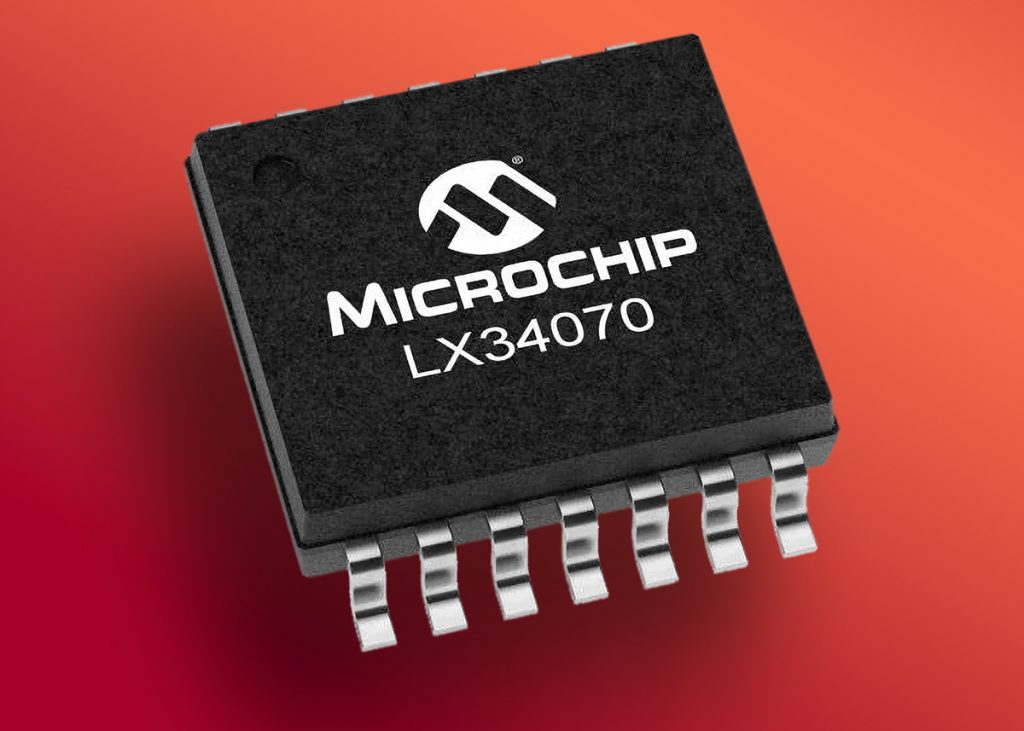Inductive position sensor offers superior reliability for automotive and industrial
The automotive-grade LX34070 from Microchip facilitates compliance with the car industry’s functional safety standards. It provides a smaller, lighter and more robust alternative to traditional magnetic position sensors.

The LX34070 inductive sensor from Microchip provides safer and more reliable position sensing in harsh environments ranging from high-temperature engine bays to demanding industrial automation systems.
Qualified to AEC-Q100 Grade 0 and compliant with the requirements of the ISO 26262 functional safety standard to ASIL C, the LX34070 provides automotive and industrial system designers with confidence in the sensing system, even in the presence of strong electrical or magnetic interference.
Unlike traditional Hall effect position sensors, which rely on magnetic fields and are prone to interference, the LX34070 uses a differential inductive sensing architecture which enhances signal integrity and maintains immunity to magnetic and environmental noise. This produces precise and stable position measurements even in the presence of strong electromagnetic fields or metallic debris.
The sensor features built-in oscillator circuitry to drive the primary coil and two independent analogue channels with demodulation. This means that the LX34070 provides redundancy and fault tolerance, crucial features for safety-critical applications such as throttle position sensing, motor commutation, and robotic joint feedback. In addition, the sensor’s automatic gain control dynamically adjusts to variations in target air gaps, delivering consistent high-resolution output across a wide mechanical tolerance range.
Supporting a wide input-voltage range of 4.5 V to 5.5 V with protection up to 18 V, and featuring differential output buffers with precise common-mode voltage and robust short-circuit protection, the LX34070 provides a rugged electrical interface.
Calibration can be performed via the VIN or GPIO pins, simplifying set-up and reducing manufacturing complexity. The sensor includes advanced diagnostic features such as exciter and receive coil fault detection, power supply monitoring, and ground loss detection, helping manufacturers to achieve functional safety compliance.